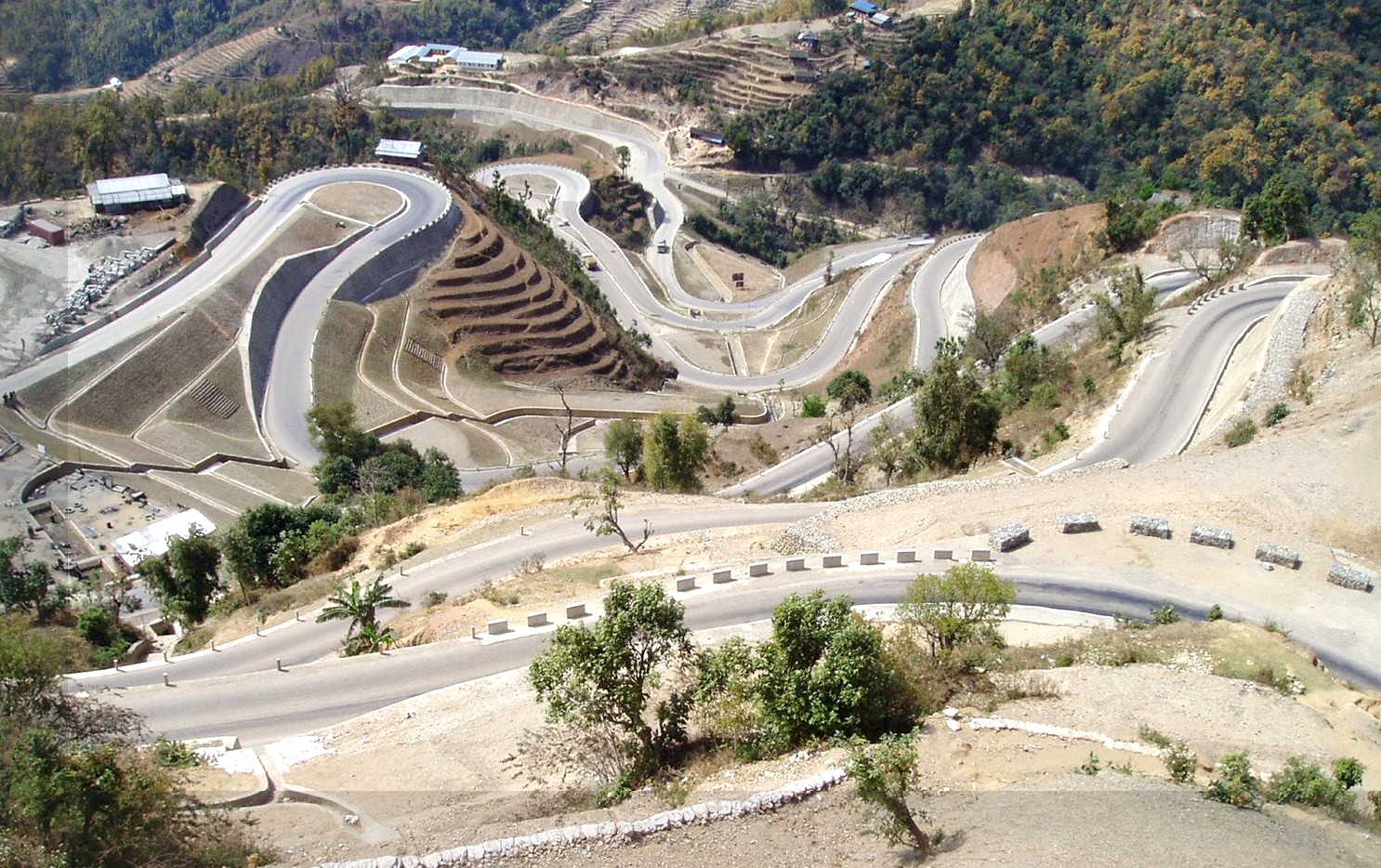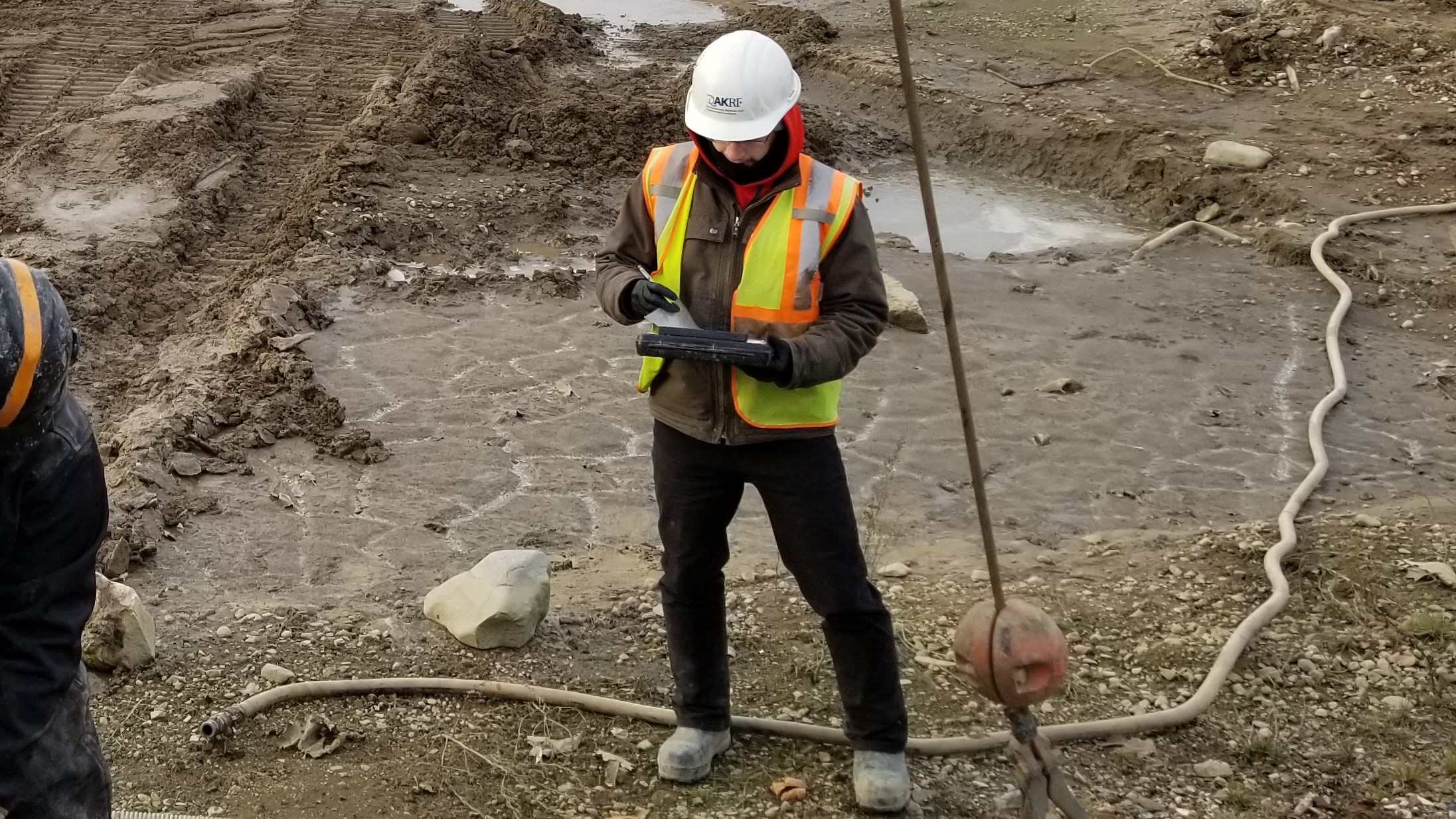Top Geotechnical Engineers for Cutting-Edge Soil Evaluation and Structure Design
Top Geotechnical Engineers for Cutting-Edge Soil Evaluation and Structure Design
Blog Article
Discovering the Cutting-edge Techniques and Technologies Shaping the Future of the Geotechnical Industry for Sustainable Engineering Solutions
The geotechnical industry is going through a transformative change, driven by ingenious methods and innovations that emphasize sustainable engineering solutions. Advanced soil stabilization methods, the usage of smart products, and the application of information analytics are redefining exactly how we approach infrastructure difficulties.
Advanced Soil Stabilization Methods
Soil stabilization is an important process in geotechnical design, focused on boosting the physical homes of dirt to boost its load-bearing ability and sturdiness. Advanced soil stabilization techniques play a pivotal function in attending to obstacles related to unpredictable or weak dirts, consequently enabling secure and efficient building and construction practices.
Amongst the noticeable methods, chemical stablizing involves using ingredients such as lime, cement, or fly ash, which react with soil particles to develop an extra natural mass. This method is particularly efficient in improving the stamina and dampness resistance of extensive clay soils. Mechanical stabilization, on the various other hand, involves the physical change of soil properties through compaction or the unification of granular materials, resulting in boosted density and stability.
An additional innovative method is making use of geosynthetics, which offer reinforcement and lower dirt disintegration while improving drain. Methods like dirt blending and deep soil stablizing are likewise gaining grip, allowing for in-situ therapy of bothersome soils. Collectively, these sophisticated methods not just improve the performance of dirt structures however also add to sustainable engineering techniques by decreasing the demand for comprehensive excavation and product transport.
Smart Materials in Geotechnics
Development is at the forefront of geotechnical design, specifically with the consolidation of clever products that boost the efficiency and performance of soil structures. Smart materials, such as shape memory alloys, piezoelectric products, and self-healing polymers, are changing the way designers come close to dirt stablizing and infrastructure longevity (geo tech engineer). These materials can adapt to altering environmental conditions, respond to stress and anxiety, and also fix themselves, substantially boosting the strength of geotechnical systems
For circumstances, piezoelectric materials can generate electric fees in response to mechanical tension, using prospective for real-time tracking of soil conditions and architectural honesty. Similarly, self-healing materials can autonomously repair problems and fractures, decreasing upkeep prices and expanding the life-span of geotechnical assets. The integration of these wise products not just enhances the mechanical residential or commercial properties of soil but likewise adds to sustainable design techniques by reducing source intake and ecological impact.
As the geotechnical sector proceeds to advance, the fostering of clever materials will certainly play a vital role in establishing ingenious options, guaranteeing that frameworks are not just robust yet likewise versatile to future difficulties. This transformative approach is poised to redefine the criteria of safety and security and efficiency in geotechnical design.
Information Analytics for Facilities
The assimilation of clever products in geotechnical design has actually paved the method for sophisticated methodologies, specifically in the realm of information analytics for framework. This cutting-edge technique leverages considerable data collection and analytical strategies to boost decision-making processes throughout the infrastructure lifecycle. By utilizing sensors embedded in clever products, designers can constantly keep track of important criteria such as dirt security, moisture levels, and structural integrity.
Data analytics enables the improvement of raw information right into actionable insights, permitting anticipating upkeep and improved risk administration. Advanced formulas and artificial intelligence techniques assist in the identification of patterns and abnormalities, which can notify timely interventions and maximize resource allocation. Additionally, integrating geographic details why not find out more systems (GIS) boosts spatial evaluation, more enhancing the decision-making structure.
By using the power of data analytics, the geotechnical sector is placed to not just enhance present methods yet likewise pioneer innovative solutions for future infrastructure obstacles. This synergy of technology and engineering concepts will define the future of lasting facilities advancement.

Sustainable Ground Improvement Techniques
Various sustainable ground improvement techniques are emerging as important solutions to deal with the challenges of geotechnical design while decreasing environmental impact. These approaches not only boost soil performance but additionally promote ecological stewardship by reducing reliance on traditional, extra invasive techniques.

An additional ingenious method is the application of geosynthetics, that includes eco-friendly materials that strengthen dirt while promoting drain and disintegration control - engineer of record. This decreases the requirement for heavy equipment and decreases site disruption, thus protecting neighborhood ecosystems
In enhancement, methods such as dynamic compaction and vibro-replacement have evolved to consist of lasting methods, including recycled materials and minimizing carbon impacts. These techniques exemplify the sector's shift in the direction of even more eco accountable services, guaranteeing that ground enhancement not only satisfies engineering requirements but additionally contributes favorably to the surrounding atmosphere.
Developments in Environmental Monitoring
In recent years, developments in ecological surveillance have dramatically improved the capacity to examine and handle geotechnical jobs with minimal environmental disturbance. Ingenious modern technologies, such as remote sensing, Web of Points (IoT) devices, and real-time information analytics, are changing exactly how environmental influences are gauged and alleviated.
Remote sensing innovations, including satellite images and airborne LiDAR, help with the fast analysis of land usage changes and ecological conditions - geotechnical engineers. These tools enable constant tracking of sites, allowing designers to determine possible concerns prior to they escalate. In addition, IoT devices, geared up with sensing units for specifications like dirt temperature, gas, and moisture discharges, offer live information streams that improve the understanding of site-specific ecological variables
Real-time data analytics further refine decision-making procedures by integrating data from Bonuses various sources, enabling proactive monitoring methods. This alternative approach not only makes sure conformity with environmental regulations yet additionally promotes sustainable methods within the geotechnical industry.
As these innovations remain to evolve, they hold the potential to link the void between engineering objectives and environmental stewardship, fostering an extra sustainable future for geotechnical projects worldwide.
Conclusion
Advanced dirt stabilization methods, the combination of smart materials, and the application of data analytics collectively improve the strength and effectiveness of infrastructure. These advancements not just address contemporary engineering difficulties yet additionally pave the method for a much more sustainable future in geotechnical methods.
Strategies like dirt mixing and deep soil stabilization are also acquiring grip, enabling for in-situ treatment of bothersome soils. Collectively, these advanced techniques not just try this web-site improve the performance of soil frameworks but likewise add to lasting design practices by lessening the requirement for extensive excavation and product transport.

Report this page